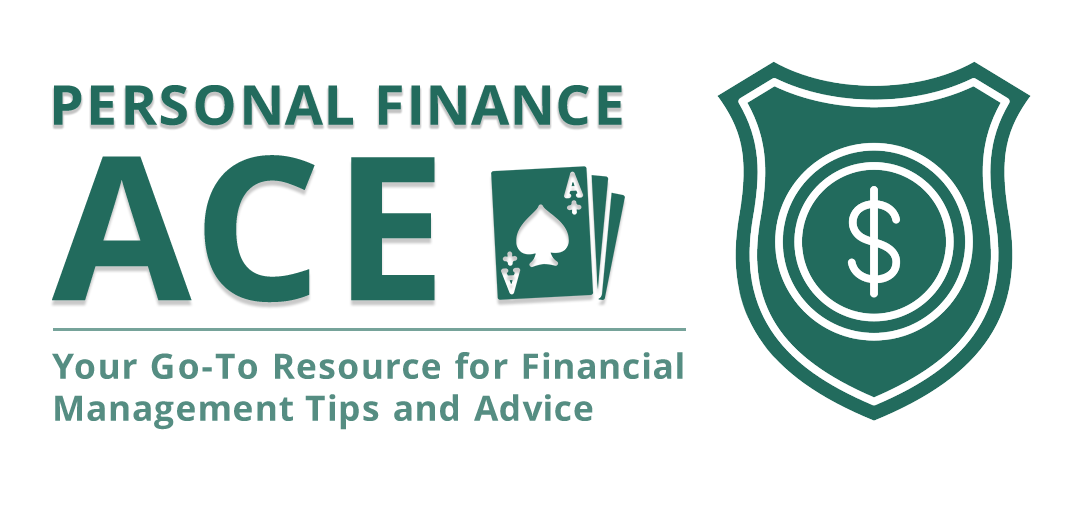Introduction
When investing in your child’s future, it’s crucial to plan for their education expenses. One common tool that parents use for this purpose is a 529 plans. Let’s explore these plans, their benefits, and drawbacks. We aim to help you decide wisely.
Understanding 529 Plans
A 529 plan offers tax-advantaged savings to encourage planning for future education costs. States, state agencies, or educational institutions sponsor 529 plans, deriving their name from Section 529 of the Internal Revenue Code.
The Benefits of 529 Plans
- Tax Advantages: Earnings in a 529 plan grow free from federal tax and generally state tax when used for eligible education expenses. Furthermore.
- High Contribution Limits: allow you to contribute up to $15,000 per year without incurring a federal gift tax. Moreover, you have the option to front-load for up to five years.
- Flexibility: If your child chooses not to go to college, you can switch beneficiaries to another family member without penalty.

The Drawbacks of 529 Plans
- Limited Investment Options: Unlike other investment accounts, your investment options within a 529 plan may be limited.
- Penalties for Non-Educational Expenses: If you withdraw money from a 529 plan for non-educational expenses, you’ll have to pay income tax and a 10% penalty on earnings.
- Impact on Financial Aid: While the impact is typically minimal, a 529 plan can reduce a student’s eligibility for need-based financial aid.
Is a 529 Plan Right for You?
Whether a 529 plan is a good fit for you depends on your financial situation, goals, and the specific features of your state’s 529 plan. Here are some points to consider:
- Your Financial Goals: If saving for your child’s education is a top priority and you can afford to set aside money after meeting other financial obligations, a 529 plan might be a good fit.
- Your State’s 529 Plan: Some states offer tax breaks for contributions to their plan, while others do not. Research your state’s plan to see if these benefits apply to you.
- Your Risk Tolerance: If you’re comfortable with the risk associated with investment-based accounts and understand the restrictions on withdrawals, a 529 plan may align with your investment strategy.
Conclusion
A 529 plan can be a powerful tool for investing in your child’s future. By understanding the pros and cons, you can make an informed decision and start building a nest egg for your child’s education.
Looking for more ways to secure your child’s future? Stay tuned to our website for more articles on personal finance, investment, and education planning. Let’s build a bright future for your child together!





